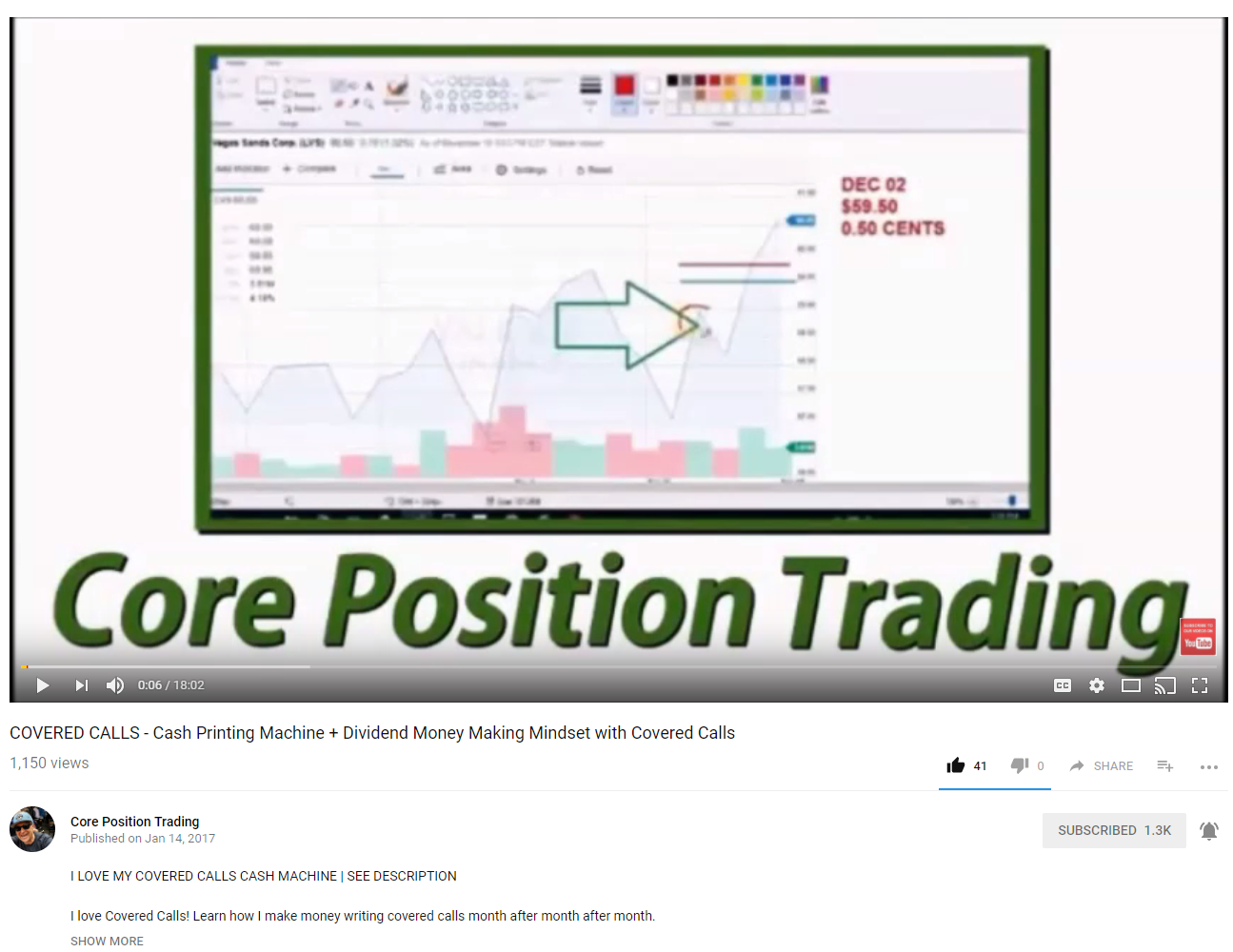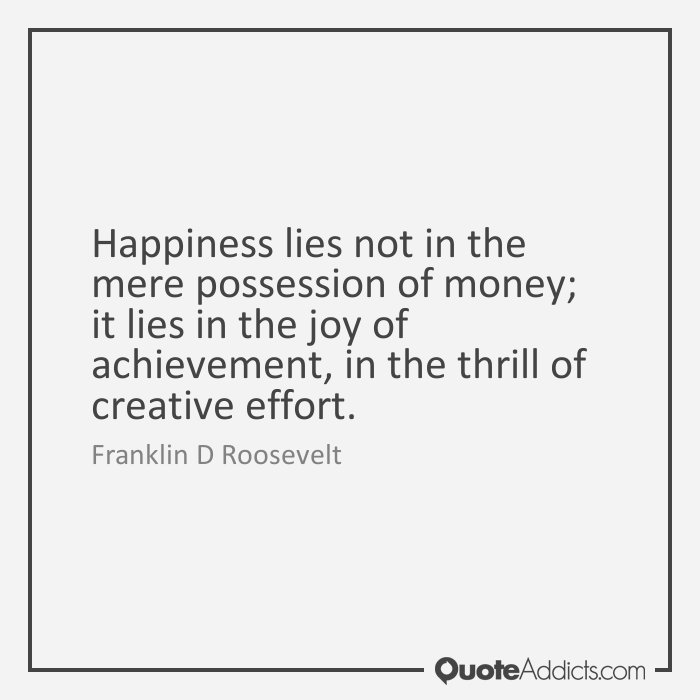8 days away from Christmas and time becomes available to learn new cash generating strategies. Several months ago I started to learn options investing. You can read my reasons about learning Options Investing in the Blogpost Why I start LEARNING a NEW INVESTING STRATEGY : OPTIONS
During the past months, I wrote several update of my progress.
- Options Investing : My Learning Track Update
- Options Learning Update : Building the Options Trader Mindset
Now I am focussing on the Covered Call and Cash Secured Put Strategy as teached and explained by John Greathouse. Widely viewed as a conservative strategy, professional investors write covered calls to increase their investment income. But individual investors can also benefit from this simple, effective option strategy by taking the time to learn it.
What is a Covered Call?
As a stock owner, you are entitled to several rights. One of these is the right to sell your stock at any time for the market price. Covered call writing is simply the selling of this right to someone else in exchange for cash paid today. This means that you give the buyer of the option the right to buy your shares before the option expires, at a predetermined price, called the strike price.
A call option is a contract that gives the buyer of the option the legal right (but not the obligation) to buy 100 shares of the underlying stock at the strike price any time before the expiration date. If the seller of the call option owns the underlying shares the option is considered “covered” because of the ability to deliver the shares without purchasing them in the open market at unknown – and possibly higher – future prices.
Profiting from Covered Calls
For the right to buy shares at a predetermined price in the future, the buyer pays the seller of the call option a premium. The premium is a cash fee paid to the seller by the buyer on the day the option is sold. It is the seller’s money to keep, regardless of whether the option is exercised.
Covered Call Advantages
Selling covered call options can help offset downside risk or add to upside return, but it also means you trade the cash you get today from the option premium for any upside gains beyond $59 per share over the next six months, including $4 in premiums. In other words, if the stock ends above $59, then you come out worse than if you had simply held the stock. However, if the stock ends the six-month period anywhere below $59 per share, then you come out ahead of where you would’ve been if you hadn’t sold the covered call.
Covered Call Risks
As long as you have the short option position, you have to hold onto the shares, otherwise you will be holding a naked call, which has theoretically unlimited loss potential should the stock rise. Therefore, if you want to sell your shares before expiration, you must buy back the option position, which will cost you extra money and some of your profit.
The Bottom Line
You can use covered calls as a way to decrease your cost basis or to gain income from your shares, even if the stock itself doesn’t pay a dividend. As such, this strategy can serve you as an additional way to profit from stock ownership. As options have risk, be sure to study all of your choices, as well as their pros and cons, before making a decision.
Read more: The Basics Of Covered Calls https://www.investopedia.com/articles/optioninvestor/08/covered-call.asp#ixzz51Y3h8cQl
What is a Cash Secured Put ?
Do you want to learn what a Cash Secured Put is ? Watch the following Youtube video The Best CASH SECURED PUT explanation.
How to pick Weekly or Monthly Cash Income Stocks ?
Now how can you learn about Covered Calls or Cash Secured Puts ? During the past months I have following John’s youtube channel. I want to use this blogpost to point out one specific video about how to pick your stocks for doing this strategy. Do you know the criteria to select the right stocks for writing covered calls or selling cash secured puts?
Well…I asked John. Watch the video :
Ask John! #2 – How I pick my Covered Call WEEKLY CASH INCOME stocks

Final Note
Going into 2018, I want to make these strategies part of my toolkit generating cash flow. Subscribe to John’s channel if you want to learn more about the strategy. Which strategies do you apply for printing extra money? Do you put in the time and effort in your financial education ? I hope to show you next year the results of my efforts.
Thanks for following us on Twitter and Facebook and reading this blog post. We end with a quote as always.


No Comment
You can post first response comment.